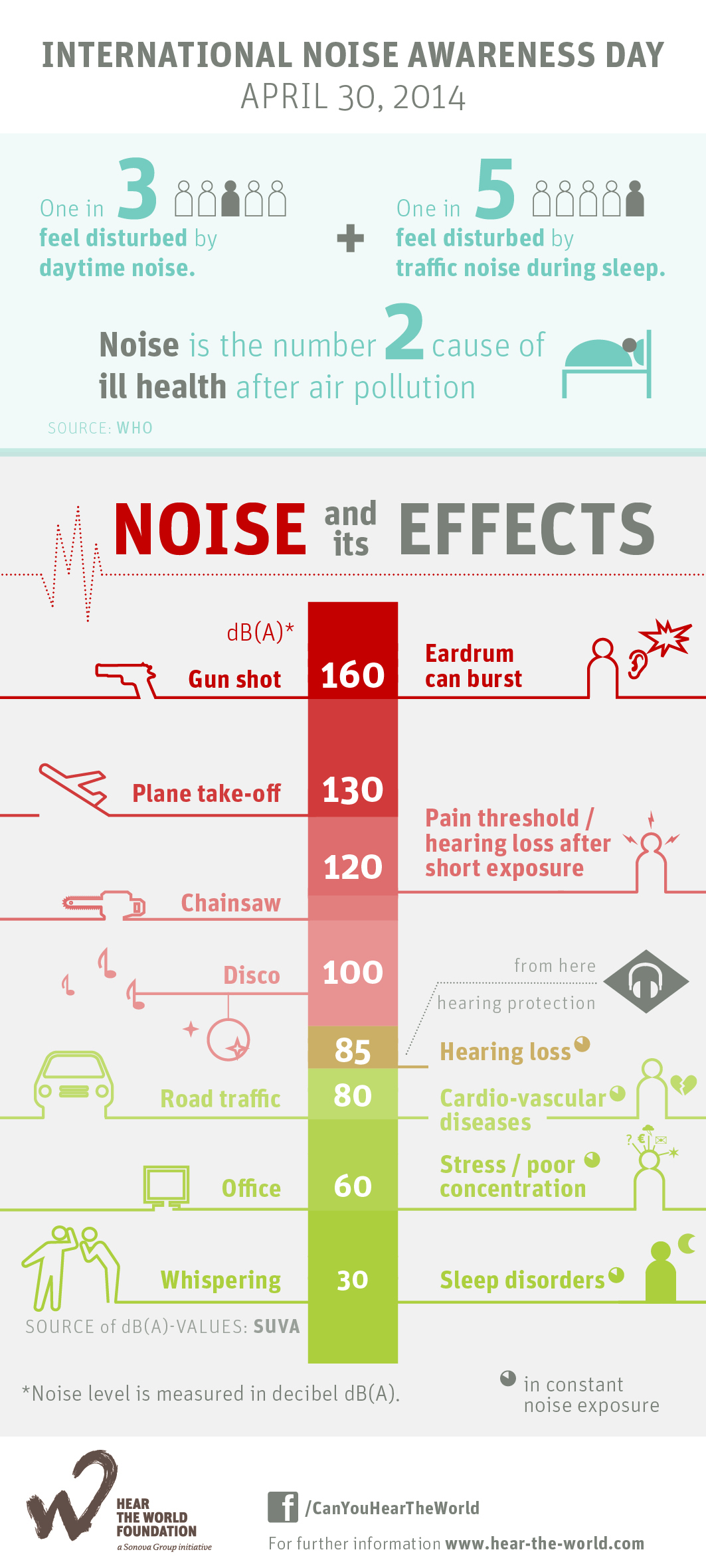Enhancing Learning: Addressing Auditory Handling Issues In Dyslexia
Enhancing Learning: Addressing Auditory Handling Issues In Dyslexia
Blog Article
Post By-Lysgaard Pape
When you consider the difficulties that dyslexic students encounter, it's clear that acoustic handling concerns commonly play a significant role. You could ask yourself just how tailored methods can bridge the gap in between auditory instructions and understanding. By integrating visual help and damaging jobs into convenient actions, you might boost emphasis and understanding. However, the options do not stop there. What other techniques can develop a genuinely supportive knowing environment that cultivates success and confidence?
Recognizing Dyslexia and Auditory Processing
Dyslexia impacts about 1 in 5 people, making it among the most typical learning disabilities. If you're navigating dyslexia, you could find that it doesn't just impact reading and writing; it can likewise impact exactly how you process acoustic info.
Acoustic processing refers to exactly how your mind analyzes noises, including language. When you deal with this, it can cause challenges in comprehending talked directions and complying with conversations.
You may discover that you often misunderstand what you listen to or that it takes longer for you to react in discussions. This isn't a representation of your knowledge; it's a certain problem related to refining auditory signals.
Understanding this connection is important since it aids clear up why you may master visual tasks while dealing with difficulties in tasks that rely on auditory comprehension.
Acknowledging these obstacles can empower you. By recognizing the details of dyslexia and auditory processing, you can much better advocate for your needs, whether in educational settings or social situations.
It's vital to recognize these problems so you can seek the best support and approaches in the future.
Effective Methods for Assistance
Navigating the challenges of acoustic processing can really feel frustrating, yet there are effective methods that can aid you thrive.
By implementing these methods, you can improve your knowing experience and improve your capability to procedure acoustic information.
- ** Make use of aesthetic help **: Pairing auditory directions with aesthetic assistances, like charts or diagrams, can significantly improve understanding.
- ** Break jobs right into smaller sized steps **: Simplifying instructions into manageable pieces allows you to focus and process information better.
- ** Exercise energetic listening **: Take part in exercises that encourage you to listen diligently, such as summarizing what you have actually heard or asking concerns for clarification.
- ** Include modern technology **: Use applications or software program made to assist with auditory processing, such as speech-to-text tools or audiobooks, to enhance discovering.
Creating Supportive Knowing Settings
Producing a supportive discovering atmosphere is crucial for aiding individuals with acoustic processing challenges are successful. Beginning by lessening diversions in your classroom or learning room. Usage acoustic panels or soft home furnishings to take in noise, which can help pupils focus much better. Ensure seating setups permit clear sightlines to the instructor and any type of aesthetic aids.
Next off, integrate clear and succinct interaction. Speak gradually and utilize easy language, checking for understanding often. Urge pupils to ask inquiries if they're unsure. Visual aids like graphes, diagrams, and created instructions can boost understanding and retention.
Furthermore, promote a society of perseverance and understanding among peers. Show pupils about auditory processing issues, promoting compassion and assistance. helpful site can be helpful; simply ensure that duties are clear which trainees work together to sustain each other.
Finally, give special needs centers . Commemorate progress and success, regardless of exactly how little. This inspiration develops confidence and enhances the idea that knowing is a trip.
Conclusion
In your trip to enhance learning for people with dyslexia, consider each approach as a stepping stone throughout a river. By weaving together acoustic and aesthetic aids, breaking jobs into bite-sized items, and nurturing a supportive environment, you assist create a bridge to understanding. Remember, promoting compassion among peers and engaging households can light the course to success. With persistence and commitment, you'll encourage learners to soar above challenges, transforming their battles right into staminas.
